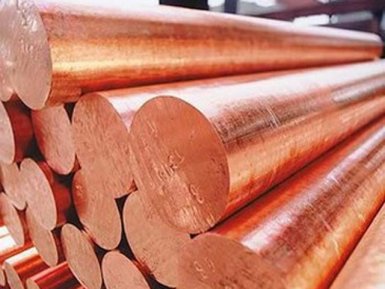Production of rolled metal, steel and alloys

Are you interested in the technology of production of rolled metal from the supplier AvecGlob? Here you will find interesting information on this topic.
Proceeding from the geometric point of view, the forms of rolled metal can be divided into flat and long products. The best way to describe the forms of a product is to follow the way of its production, starting with semi-finished products, rolling and ending with finishing operations.
Nomenclature
Flat metal products are plates, sheets or rolled in hot or cold rolled coils. Products from the plates have a thickness of 5 mm to 200 mm, thin flat rolled products — from 50 μm to 5 mm. Products from plates are used for construction, production of welded pipes of large diameter,
and for the manufacture of boilers. Thin flat products are used in the chemical industry, in the automotive industry, in the production of hull and normalized products — from the smallest springs to huge heat exchangers and storage tanks for substances.
Volumetric rolled metal includes rods, wires, rails, pipes and sections.
Many of these blanks are first rolled hot, and then subjected to drawing or pressing. The cross-section of such a rolled product may have a round, square, hexagonal or octagonal shape. The final product — reinforcing bars for reinforced concrete, gears, tools, etc.
Sequence
Steel products, such as ingots, pigs, castings and plates fall into the category of semi-finished products. These shapes can be manufactured by direct continuous casting of liquid steel or by casting liquid steel into ingots, which are then subjected to hot rolling.
For the production of rolled metal, up to 60… 70% of the primary metal and up to 40% of scrap metal are used (for steel rolling, the percentage can be much higher). Before processing scrap is checked for the absence of radioactive components, then tested, analyzed and sorted in accordance with the content of alloying elements in it.
Melting is performed by several methods — in electric arc furnaces, in converters, by vacuum-beam melting methods. The melt is transferred to the continuous casting machine or, in some cases, to the casting zone of the blanks, where they cool and are cut into separate sections, which will subsequently be subjected to rolling.
Supplier — AvekGlob Company — offers various metals and alloys at a reasonable price from the manufacturer in a wide range of rolled profiles. The supplier guarantees the timely delivery of products to any address specified by the consumer.
Types of rolling
Hot rolling is a metalworking process that occurs at a temperature higher than the recrystallization temperature of the material. Final product
has a good quality, at low energy costs, but the surface of the rolled metal is covered with an oxide film, which must be removed at the annealing and etching line.
Cold rolling is carried out on multicell rolling mills. They have working rolls of small diameter: this reduces the allowances, improves accuracy and improves the quality of the surface. To restore the properties of the material after cold rolling, heat treatment is necessary, which is done on the continuous annealing and etching line.
The final operations before sending the product to the customer are finishing. These include flattening of rolled products in width, cutting edges to standard sizes of metal, applying film coatings, polishing, embossing, etc.
Supplier — AvekGlob Company — offers to purchase various metals and alloys in any quantity and range of profiles. Products can be bought at a price formed on the basis of European and world standards of production. Implementation is possible in bulk and retail, for regular customers, a flexible system of discounts operates.


